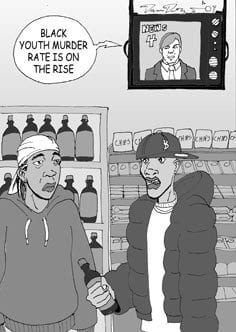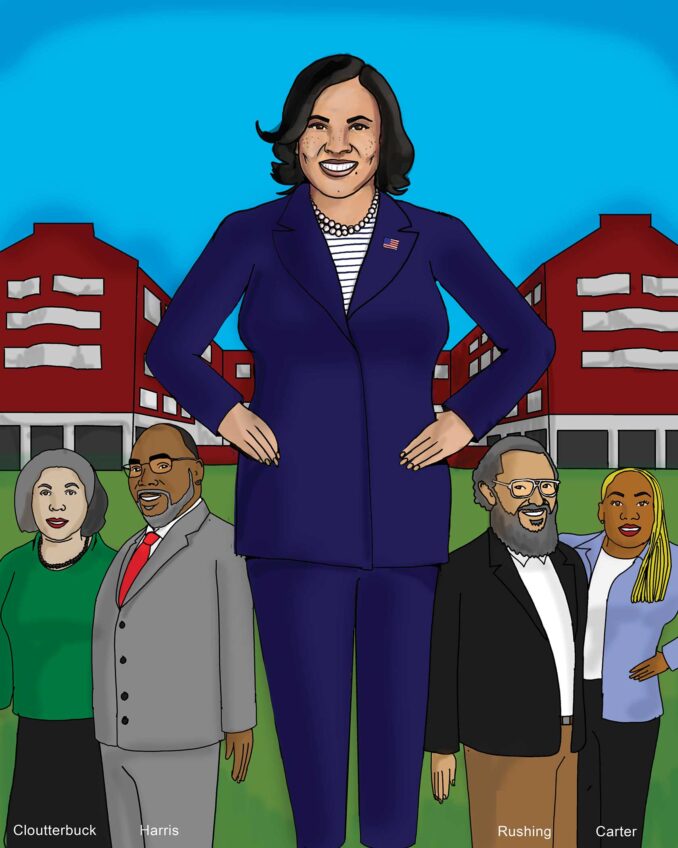
A root cause
Some U.S. cities are dangerous environments for black males between the ages of 14 and 24. According to a recently released Northeastern University study, Boston is one of those cities.
Sixty-four young blacks were killed in Boston from 2006 to 2007, an increase of 78 percent over the period from 2000 to 2001, according to the study. Only five other cities studied had a greater increase than Boston. Houston, Las Vegas, Oklahoma City, Phoenix and San Francisco topped the list.
Just a decade ago, in 1999, the city recorded only 31 homicides; that total now seems like a dream. Optimists minimize the significance of alarming data like the Northeastern study by pointing out that the homicide count peaked at 152 in 1990. The effort that reduced the homicides to 31 by the end of that decade was touted as the “Boston Miracle.” But now, with the homicide rate increasing once again, policy makers seem a bit unsure about what to do as an encore.
There are many reasons why black youngsters become gangbangers, but one that has been somewhat ignored is the unanticipated consequences of the loss of the nation’s manufacturing base. William Julius Wilson, a professor of sociology at Harvard University, warned in his 1987 book, “The Truly Disadvantaged: The Inner City, the Underclass, and Public Policy,” that growing unemployment among the poor was creating a social time bomb. The present economic recession has exacerbated these problems.
Black unemployment hit 11.2 percent in November, compared to a national rate of 6.7 percent. Last year, the number of blacks who lost their high paying manufacturing jobs rose substantially. An estimated 20,000 African Americans lost their jobs in the auto industry, a 13.9 percent decline, according to the Economic Policy Institute, a Washington, D.C.-based research firm.
America has been losing manufacturing jobs since 1980. In January 2004, 14.3 million Americans worked in manufacturing, 5.2 million less than were employed in the field during the peak year of 1979, according to the U.S. Department of Labor’s Bureau of Labor Statistics. By November 2008, the number had dropped another 1.1 million to 13.2 million. The argument that the jobs are now in the high-tech, communications and medical fields is not inspiring to the high school dropout.
Policy makers passively permitted the decline of American industry without providing meaningful jobs for those who are less academically talented. Many blacks migrated from the South for the high-paying auto industry jobs in Detroit, which provided sufficient income for a middle-class family life.
Many African American youngsters from financially struggling families must now face a life that holds little promise unless they are academically brilliant. It is not enough to be just pretty good. The cost of post-secondary education is increasingly beyond reach. The increasing costs of food, health care, rent and clothing have forced many families to strike college education from their budgets.
A major strategy for the future is to mobilize the black community around the importance of education so intently that more students will become academically qualified for the more sophisticated jobs. It must also be a national policy to bring much of the manufacturing capacity back to America.
The exigencies of a recession provide an opportunity to implement more imaginative plans for America.

![Banner [Virtual] Art Gallery](https://baystatebanner.com/wp-content/uploads/2024/04/NJ-H_1-150x150.jpg)




